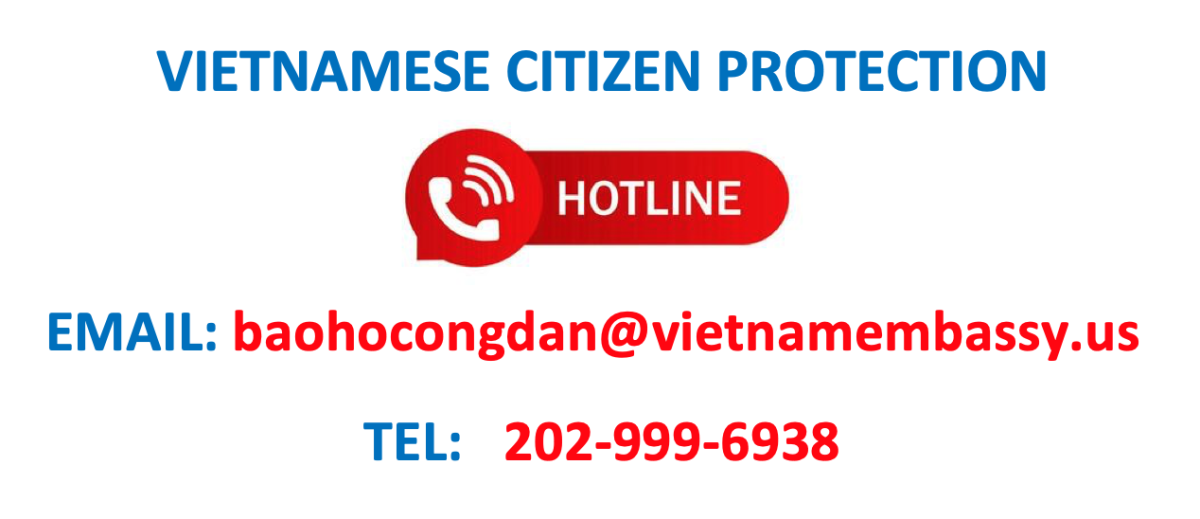US weekly: Agent Orange still poisons Vietnam new generations
(VNA) The US Time magazine on Dec. 16 ran a feature reflecting the fact that the levels of cancer-causing dioxins in Danang airport area are still 300-400 times higher than what is deemed to be safe, yet the US is using aid on meetings rather than practical deeds like cleanup of the toxic.
The Time quoted Thomas Boivin, president of the Vancouver-based Hatfield Consultants, an environmental firm that has been identifying and measuring Agent Orange contamination in Vietnam since 1994 as saying that “there is still risk to people living in those areas” though three decades had passed by since the war ended.
According to the feature, the US Congress has since 2007 allocated a total of 6 million USD to help address Agent Orange issues in Vietnam . However, it has been noted that “the money is primarily going to study the issue and hire consultants rather than implementing measures to prevent new generations from being exposed.”
Of the amount, up to 1.7 million USD has recently allocated to conduct an environmental assessment of the Danang air base – the former US military foundation, said US Ambassador to Vietnam Michael Michalak, adding that this is a necessary step toward cleanup.
Charities in Danang have voiced concerns about how US money is being spent when it comes to providing care to the disabled in the region. A portion of the 6 million USD allocated by Congress was awarded to humanitarian groups working with disabled residents around Danang, yet “it is difficult to find evidence of the money at work.”
Save the Children was given 400,000 USD to help people with disabilities find employment. But the sole case the organization cited for a reporter was their work finding a job for a college graduate with a hair lip, the feature said.
Another organisation - the American Rehabilitation Centre has virtually no medical equipment. Meanwhile, the US Embassy in Hanoi is spending half a million USD for a health and remediation adviser.
“The one million USD [being spent by the Americans] is not for care but mainly for conferences and training,” said Nguyen Thi Hien, director of the Danang Association of Victims of Agent Orange. "This money should go to caring for the victims," she added.
Some point out that the US spends only a fraction on Agent Orange cleanup compared to the 50 million USD it spends every year on searching for the remains of American soldiers missing in action.
Hatfield's studies indicate that even though 10 percent of southern Vietnam was sprayed with dioxins during the war, only a handful of hot spots - all former US military installations where the herbicide was mixed and stored - pose a danger to humans.
“If those were in Canada or in the U.S. , they would require immediate cleanup,” Hatfield President Boivin was quoted as saying.
The magazine said critics believe that the US is playing “a grim waiting game”: waiting for people to die in order to avoid potentially costly lawsuits.
“They know what the problem is and where it is,” says Chuck Searcy, Country Representative of the Vietnam Veterans Memorial Fund. “Why do they now need an environmental impact assessment? They are studying this to death.”
For a country currently engaged in two wars, accepting comprehensive responsibility for wartime damages could set an expensive precedent, the feature explained




